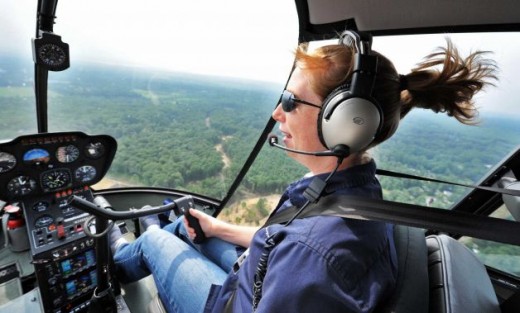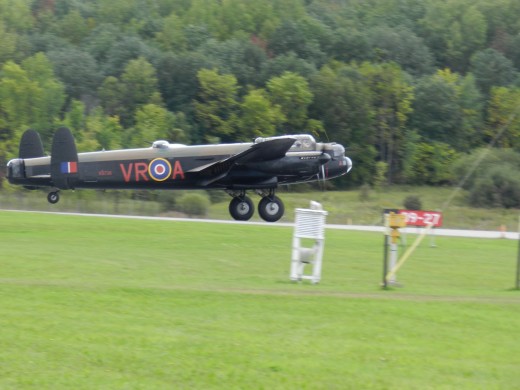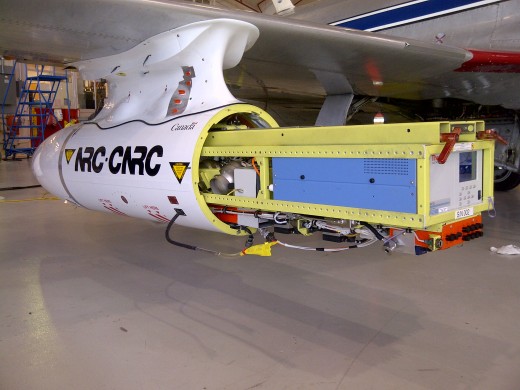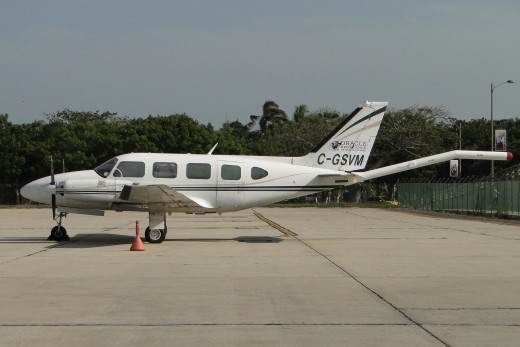
Scroll Down to see all of this week’s updates
Helicopter Pilots Losing Jobs To Foreign Workers

Canadian helicopter pilots are complaining they’re being unfairly replaced by temporary foreign workers by companies looking to save wage expenses.
Last week the federal government stopped restaurants from hiring foreign nationals on temporary work permits after complaints from Canadian employees that the foreign workers were being hired to displace them because they will accept lower wages and fewer benefits.
Now helicopter pilots have gone public with similar stories. Bill Wadsworth, a Mayne Island helicopter pilot with 25 years of experience told CP he’s applied for several jobs this year and told there were no openings only to discover the companies in question had hired foreign pilots. He said the companies are using the cheaper foreign labour to drive down wages and the expectations of Canadian pilots.
He said the availability of foreign pilots eliminates the incentive to hire and train recently flight school graduates, threatening the normal pipeline of new blood into the industry.
In a Canadian Press story, in circThe federal government is withholding a “public” version of a review of Canada’s options for a replacement fighter until Cabinet has made a decision on how to proceed.
“Bringing in temporary foreign workers takes away any motivation for Canadian companies to bring these young pilots along and provide them with training and education and hours,” he told CP.
Kirsten Brazier, a Vancouver-based pilot, said the government program, aimed at easing labour shortages in various sectors of the economy, is instead turning into a cash cow for unscrupulous companies.
“What the government is doing is enabling these operators to bamboozle the system,” she said.
Spring Training Ridealong
The CF-18 tucks into the slot with the Snowbirds during Spring Training in Comox. Click on photo to see a gallery of 24 images of the two teams shot from a CF-18 chase plane.
While much of the country shivered in an unmercifully extended winter, the sun was shining, the flip flops were out and the skies over Vancouver Island were filled with the smoke and thunder created by the RCAF’s best in late April and early May.
Spring training is a tradition at CFB Comox where the only snow is on the mountain peaks and the generous military training areas allow the Snowbirds and CF-18 demonstration teams to tweak their routines before hitting the show circuit.
This year, Canadian Aviator contributing photographer Ken Lin had the rare opportunity to take the back seat of CF-18 for an air-to-air photo session with both teams and the images are incredible.
Lin, who has been a Snowbirds photographer for more than a decade, said the flight was an experience of a lifetime that left a lasting impression.
“I’m a bit beat up fighting the G force on my camera,” Lin said in an email to Canadian Aviator. “Thank goodness for the anti-G suit.”
Transatlantic Lancaster Seat Up For Bids

The Canadian Warplane Heritage Museum is auctioning off a seat on the upcoming transatlantic flight of its precious Lancaster bomber and museum CEO David Rohrer is convinced there’s someone with the desire and the money needed to satisfy a lifelong goal.
“You’ll never be able to do anything like ever again so we thought why not put it out there,” Roher said to the Daily Mail. “Somebody must have this on their bucket list.”
CWH set the reserve at $42,000 but the bidding topped $50,000 on Wednesday. The auction ends Saturday.
The seat, as a functioning member of the eight-person crew, is available for the Lanc’s flight from its home at Hamilton International Airport to RAF Coningsby in Lincolnshire, England. The 18-hour flight will be spread over three days and stop at Goose Bay, Narsarsquaq, Greenland and Keflavik, Iceland.
Of course, Lancasters built at the Avro plant in Malton were flown by the hundreds to England during the Second World War but the feat hasn’t been repeated in more than 50 years.
The CWH Lanc is up for the trip. It’s in a well ordered maintenance program and is in great flying condition.
After the flight, it will join the Royal Air Force’s Battle of Britain memorial flight Lancaster, the only other flying example of the type in the world, for a month-long tour of the U.K. It will be the first time in 50 years that two Lancasters have flown together.
Despite the hefty ticket price, which will be put against the $500,000 cost of the whole tour, the bid winner will be expected to pull his or her own weight.
“Successful bidder [will] have the opportunity to be trained and operate as a crew member on the last flight of a Canadian-built Lancaster aircraft from Canada to England in August 2014,” the eBay description says. The winner must also consent to having his or her picture taken (a lot).
Sniffing Out Alternative Fuels

Canada’s National Research Council has sent its modified CT-133 emissions sniffing aircraft to Palmdale, California to help NASA measure the effects of alternative aviation fuels on the atmosphere.
The T-bird will fly alongside aircraft from NASA’s Armstrong Flight Research Center in Edwards, Calif. and from the German Aerospace Center.
Although it’s widely assumed that alternative fuels are more environmentally acceptable than fossil fuels, there’s no way to determine that without actually taking samples of the exhaust. The only way to effectively do that is while the aircraft burning the fuel is flying at altitude and the NRC T-33 has that unique capability.
It carries an underwing pod that inhales the exhaust and stores it for analysis. “This important research will aid in the qualification and ready acceptance of the use of biofuels in aviation and open the door to future collaborations on alternative fuels tests,” said an NRC press release.
Two Canadians Die in Andes Crash

The head of a Canadian mineral exploration company and his pilot were killed last weekend when their Piper Navajo went down in the mountains of Colombia.
Peter Moore, a founder of Oracle Geoscience International and pilot Neville Ribeiro died when the aircraft crashed at the 4,000 metre level of mountains in the state of Santander.
They were on an exploration contract looking for rare earth minerals according to Colombian authorities.
The aircraft took off from Bucaramanga on Saturday and radio communication was lost about 2 p.m. Weather was described as poor at the time. The pair had been working in Colombia since January.

